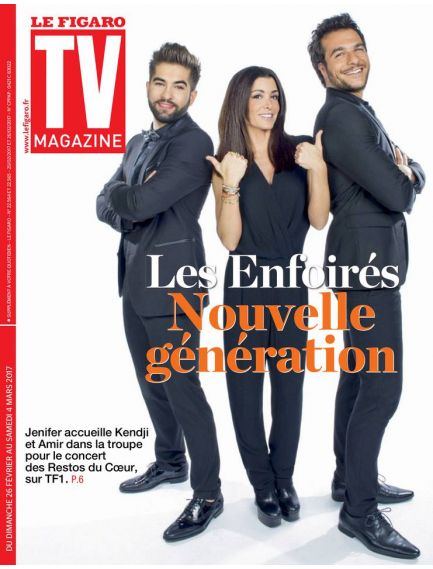Elements of an advertising storyboard
A storyboard is a representation that brings together several essential visual elements. You'll find scene breakdowns, dialogues, main actions, camera movements, sound effects and sometimes indications of camera angles. Every detail helps to transform an idea into a clear comic strip that can be used by the entire production team.
What's the difference between a storyboard and a screenplay?
A screenplay reads like a text, telling the story in a literary way. The advertising storyboard, on the other hand, puts the story into images. It offers an immediate visual representation that serves as a practical guide for the team members involved in the final production.
How to make an effective storyboard for your ad
Creating a storyboard is a key step in ensuring the success of your campaign. To avoid mistakes, it's essential to follow a precise method. This will save time and ensure smooth communication between all team members.
Step 1: write a solid brief and clarify objectives
Before storyboarding, start by clearly defining your objectives: do you want to convey a commercial, emotional or educational message? Identify your target audience, and specify the duration and tone of the campaign. Precise framing is essential to guide the rest of the project.
Step 2: break down the script into visual scenes
The storyboard is built shot by shot. The script should be broken down into distinct scenes, each corresponding to an important stage in the story. This approach helps to visualize the progression of the story and reinforce the impact of your advertising message.
Step 3: build each shot with precision
Each shot should contain the essential visual elements: characters, actions, camera movements, soundscapes. You can opt for quick sketches, royalty-free images or digital tools to illustrate your scenes.
Step 4: choose the right tools to create your storyboard
Today, there are different types of tools for creating a storyboard. Canva, Storyboarder, PowerPoint or Figma are all available, depending on your skill level and the desired result, from a simple free storyboard to a more elaborate model.
The impact of storyboarding on your marketing results
Creating an advertising storyboard isn't just useful for pre-production. It also plays a major role in the overall effectiveness of your advertising campaigns. By structuring your project visually from the outset, you maximize your chances of achieving your objectives, and save time throughout video production.
Better coordination between teams
With a storyboard and a precise representation of each stage, communication between the various departments becomes much more fluid. Creatives, strategists and the production team move forward together with a shared vision. Each team member knows what needs to be produced and when. The result: fewer misunderstandings, less back-and-forth, more efficiency.
More consistency in cross-channel campaigns
In a context where the same message often has to be adapted to several media, an advertising storyboard facilitates visual and narrative consistency. Whether it's a spot on TV, digital, social networks or out of home Advertising, the storyboard helps maintain a unified tone and image. Thanks to the visual elements and camera angles anticipated, content adaptation becomes faster and more harmonious.
Better ROI on visual campaigns
By working on your project shot by shot, you better anticipate the needs and resources required. This limits costly mistakes along the way. The storyboard helps you quickly visualize the final rendering, reducing the risk of having to redo several takes or modify the campaign after the fact. You optimize your budgets and reinforce the impact of your communication from the very first broadcast.





 Top 30 best ads musics
Top 30 best ads musics
 The influence of advertising on purchasing behavior
The influence of advertising on purchasing behavior
 This Year Marketing Calendar
This Year Marketing Calendar
 Top 30 best ads 2021 in France
Top 30 best ads 2021 in France
 Top of the most listened podcasts in France
Top of the most listened podcasts in France
 How to prepare your advertising campaigns for Christmas?
How to prepare your advertising campaigns for Christmas?
 The top 20 ad films of the year
The top 20 ad films of the year
 Example of a unique selling proposition
Example of a unique selling proposition
 Advertising storyboard: how to structure your campaigns
Advertising storyboard: how to structure your campaigns
 Advertising: tips to make a lasting impression
Advertising: tips to make a lasting impression








